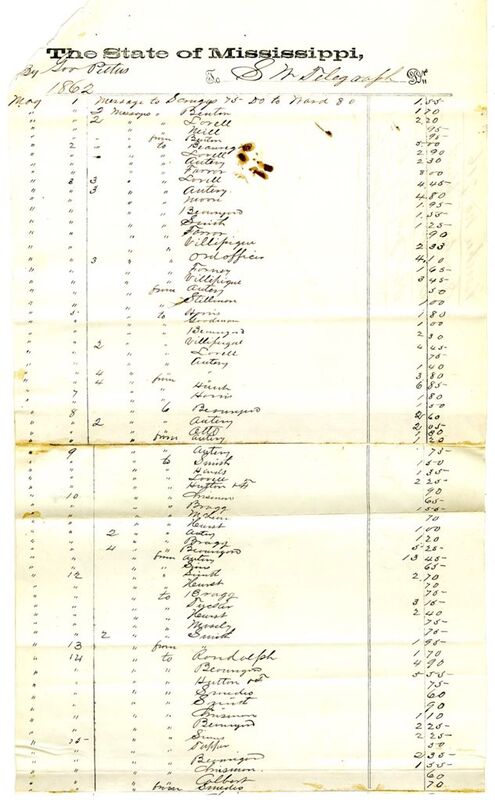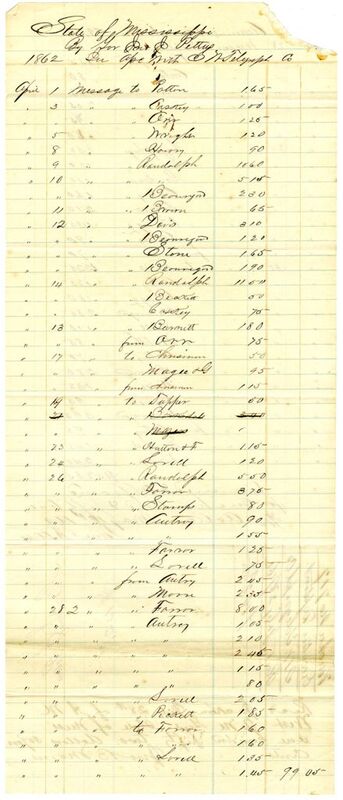The United States during the nineteenth century saw great increases in literacy and general education. At the beginning of that century, approximately 70 percent of northerners and 60 percent of white southerners could read. By 1840, that number increased to roughly 93 percent of northerners and 80 percent of white southerners. (African American literacy rates were far lower, particularly in the south where many states had laws against teaching slaves and free Black people to read.) After the Civil War, literacy rates continued to rise, most drastically with freed people. In 1870, approximately 20 percent of Black Americans knew how to read. Due to new educational opportunities after emancipation—and despite the lack of support provided to Black schools by many discriminatory local governments—that number nearly tripled within thirty years, with 55 percent of African Americans being literate by 1900.
The general improvement of literacy and education in the United States spurred an increasing demand for printed information. At the same time, technological developments—such as improved paper production, better transportation and trade routes for the sale of paper and printing supplies, higher quality and faster printing machines, and rapid transmission of information through railroads and eventually telegraph—contributed to a boom in print media. This allowed aspiring newspaper editors to open their own publication in even small towns. In 1830, the United States had around 900 newspapers in publication (nearly double the number found in Great Britain at the same time). Only ten years later, more than 1,600 newspapers were in circulation; and in 1850 that number had grown to more than 2,500. In 1900, there were more than 20,000 American newspapers. Most were weekly publications, but the number of daily newspapers rose from 24 in 1820 to more than 250 in 1850, to more than 2,600 in 1900. Still, the annual numbers of newspapers mentioned above underrepresent the proliferation of print media activity, since they only include active newspaper companies counted during a formal census. Many newspapers lasted only a few months or years, before being replaced or purchased by a competitor.
The nineteenth century also saw drastic improvement in the quality of mass production printing and book binding. This decreased the cost associated with manufacturing books, increased opportunities for writers to publish their work, and improved the amount of printed material for schools and professional organizations outside of the traditional cities and universities. It also increased the role of books as entertainment, rather than their previous primary purpose as sources of religious and academic information.
Technological developments greatly improved illustration printing during the nineteenth century. Lithography—a technique of transferring an image from a smooth piece of limestone to paper—had been invented in the 1790s in Bavaria. Over the next century, printers and publishers refined the technique to mass produce increasingly elaborate illustrations, including in color. The process still required an artist to produce, or reproduce, an image on limestone or specially prepared metal plate. However, average Americans were able to purchase highly decorative prints, books, calendars, and magazines. Lithography also revolutionized advertising during the latter part of the nineteenth century, as printers could produce elaborate advertisements for stores and other businesses.
Overall, the nineteenth century was a sort of golden era of print media. While printing and publishing continued to be a vital part of American culture in the twentieth and twenty-first centuries, the invention of radio, television, and the internet reduced Americans’ reliance upon paper-based newspapers, magazines, and books for information and entertainment. (Wikipedia; Britannica; Colta Ives, “The Print in the Nineteenth Century,” Department of Drawings and Prints, the Metropolitan Museum of Art; “Lithograph,” Metropolitan Museum of Art; “The Early Nineteenth-Century Newspaper Boom,” The News Media and the Making of America, 1730-1865, American Antiquarian Society; Edwin G. West, “The Spread of Education Before Compulsion: Britain and America in the Nineteenth Century,” the Independent Institute; “120 Years of Literacy,” National Assessment of Adult Literacy)



























